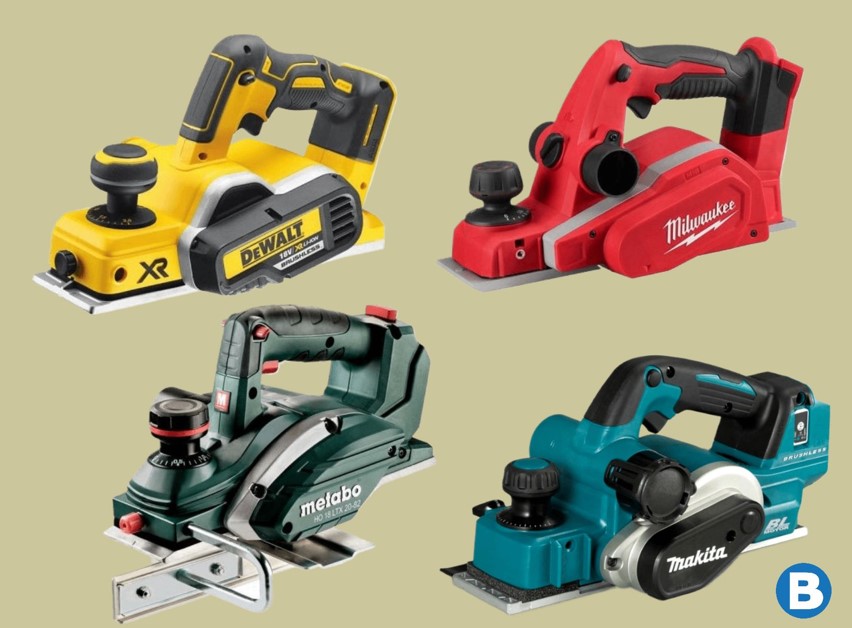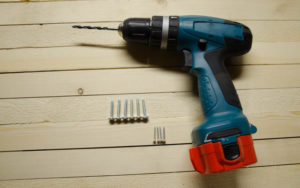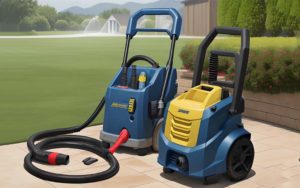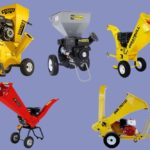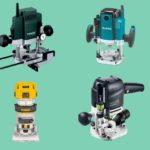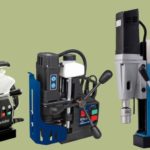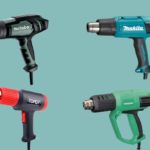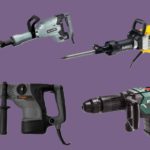If you’re a woodworking enthusiast or a professional carpenter, then you know the importance of having a high-quality planer in your arsenal of tools. A planer is an essential tool for achieving smooth and precise surfaces on your wooden projects.
But with so many options on the market, how do you choose the best planner for your needs? In this blog post, we’ll explore the top planners available on the market, highlighting their features, performance, and value for money. By the end, you’ll have all the information you need to make an informed decision and take your woodworking to the next level with the best planer has to offer.
How to Choose the Best Wood Planer for you
Choosing the best wood planer for your needs will depend on a variety of factors including the type of projects you plan to undertake, the volume of work you expect, the precision required, and your budget. Here’s a comprehensive guide to help you make an informed decision:
Types of Wood Planers
Handheld Planers: Ideal for small projects or occasional use. They are portable, relatively inexpensive, and suitable for light work.
Benchtop Planers: These are more stable and powerful than handheld models, suitable for small to medium projects. They’re a good choice for DIY enthusiasts and small professional workshops.
Stationary Planers: Designed for heavy-duty use in professional settings. They are large, durable, and have the best performance but are also the most expensive.
Thickness Planers: Specifically used to create uniform board thickness and are available in both benchtop and stationary models.
Jointer-Planers: Combination machines that have the capability to flatten a face (jointer function) and then create a parallel surface (planer function).
Factors to Consider When Choosing a Planer:
Project Size and Workload: The size of your projects and how often you plan to use the planer should guide your decision on the type and power of the planer you need.
Motor Power and Cutterhead: Look for a motor that provides enough power for your work. The cutterhead’s speed and the number of knives or blades it carries will influence the smoothness of the finish and how quickly you can work.
Cutting Width and Depth: This determines the size of the lumber you can plane. Most benchtop planers handle boards up to 12 or 13 inches wide, while stationary planers can handle wider boards.
Feed Rate and Speed: The rate at which wood can be fed through the planer affects the time it takes to finish your work. Some planers come with variable speed controls that can be adjusted based on the type of wood and the desired finish.
Adjustment Features: Look for features like depth stops, easy-to-read depth scales, and simple adjustment knobs or levers, which can make operation more efficient and precise.
Dust Collection: Proper dust collection is important for maintaining a clean workspace and extending the life of your planer. Check if the planer can connect to a dust collector or shop vac.
Portability: If you need to move the planer around your shop or take it to job sites, consider its weight and whether it has features like built-in handles or stands with wheels.
Read Next: Best Die Grinders | Mitre Saws | Jigsaws | Reciprocating Saws
The Best Wood Planers Australia
1. Makita AWS Planer
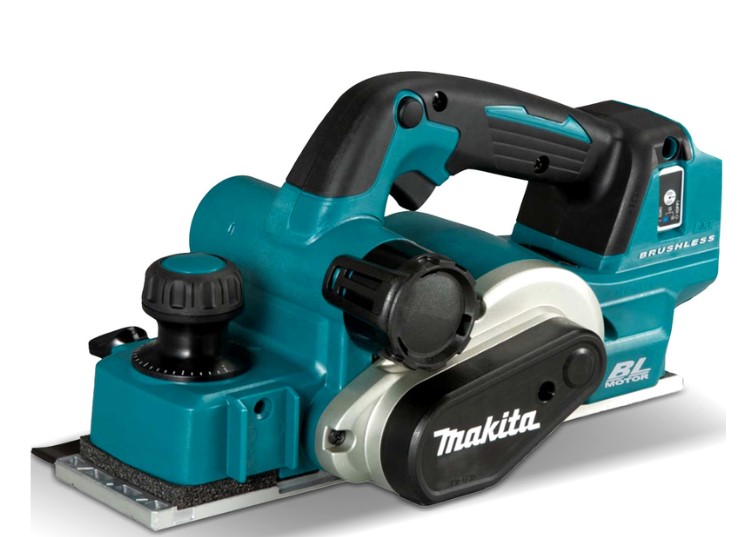
The Makita AWS Planer stands out with its robust motor, efficiently delivering a maximum cutting depth of 3mm, perfect for precise thickness adjustments. The 12,000rpm no-load speed, supported by Automatic Torque Drive technology, ensures consistent high performance, effortlessly adapting to the task at hand for optimal results.
Innovative integration with the Auto-start Wireless System revolutionises your workflow by enabling automatic dust extraction, providing a cleaner and healthier working environment. This smart feature ensures that your focus remains on precision planning without the distraction of dust management.
User convenience is thoughtfully addressed with the dual-sided chip ejection, allowing you to customise the direction of discharge to suit your space. Further, the inclusion of an electric brake enhances safety by rapidly stopping the blade, while the protective foot on the base plate prevents any potential damage to your workpiece. With a compact overall length of 366mm and an 82mm planning width, this planer is not only efficient but also comfortable to handle for a variety of woodworking projects.
2. Milwaukee M18BP-0
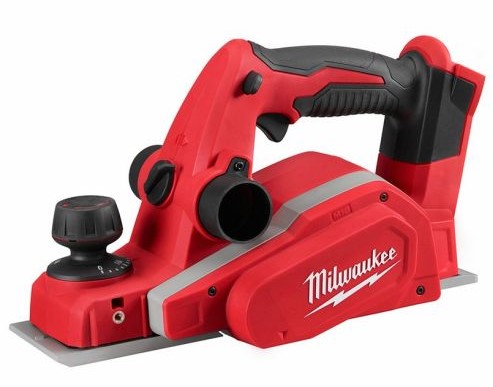
The Milwaukee M18BP-0 demonstrates impressive efficiency with its powerful motor, achieving a swift material removal rate at an impressive 14,000 rpm. Tailored for fast-paced work, it boasts a maximum depth adjustment knob to handle cuts of 0 – 2 mm capacity in a single pass, enhancing productivity without sacrificing precision.
Adaptability is a key feature of this planer, exemplified by the depth adjustment knob that offers 20 locking positions at meticulous 0.1mm intervals, giving you unparalleled control over your planning depth. The added 10.7 mm rebate capacity expands versatility further, making this tool suitable for a range of woodworking tasks.
Designed with the user in mind, the Milwaukee M18BP-0 features a chip ejection switch for preferred directional control of shavings and a spring-loaded kickstand to safeguard your finished surfaces from potential damage. For intricate work, the bevel/edge guide facilitates precise rebate and bevel cuts up to 45°. Equipped with durable 82 mm reversible TCT blades, this planer is built to last and deliver a consistently smooth finish.
3. Metabo HO18LTX2082
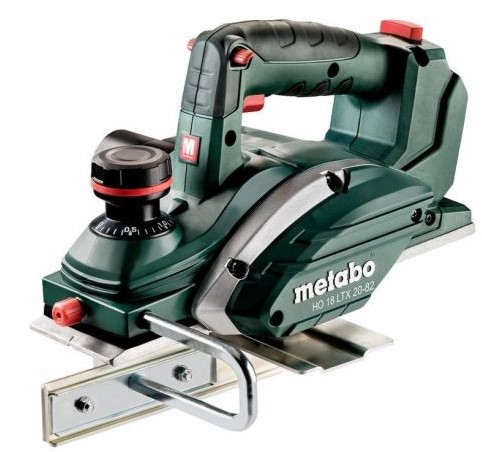
The Metabo HO18LTX 20-82 presents itself as a lightweight and compact cordless solution for planing, rebating, and chamfering, offering portability without compromising on power. Its planing depth and notch depth are fully adjustable, catering to various precision tasks, while the die-cast aluminium base with its V-groove supports easy chamfering, proving its mettle as a versatile woodworking companion.
Equipped with a parallel guide/rip fence, users can expect consistently accurate guidance, enhancing the tool’s reliability for detailed work. The grip area is designed with comfort in mind, featuring a non-slip soft-grip surface that minimises user fatigue during extended use. Moreover, integration with an all-purpose vacuum cleaner is facilitated for efficient dust extraction, while the angled chip ejection adapter keeps work areas clean and manageable.
Convenience is a priority with the Metabo HO18LTX 20-82, as evidenced by its easy-to-empty textile dust bag that enables operation in environments without extraction facilities. A safety strap on the base serves a dual purpose; it stops the machine for brief pauses and protects the workpiece from potential damage. Blade changes are straightforward, courtesy of the robust reversible carbide blades that ensure durability.
This machine’s soft start and overload protection are testament to its design, focusing on extending the service life of both motor and drive. With an 82 mm planing width, 0-2 mm adjustable planing depth, a significant 9 mm maximum notch depth, and a laudable no-load speed of 16000 rpm, this planer is engineered for both precision and robust performance.
4. HiKOKI P18DSL(H4Z)
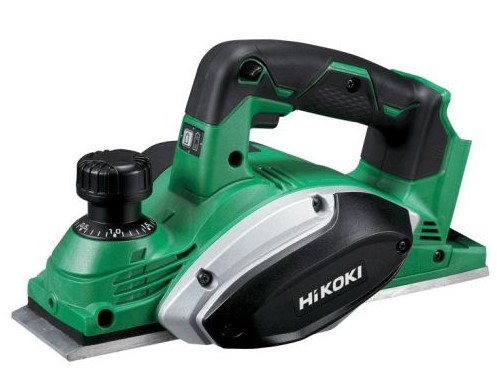
The HiKOKI P18DSL(H4Z) is a testament to durability, with a heavy-duty aluminium end bracket that ensures longevity and resilience in tough working conditions. Designed with a rear stand, it prioritises user safety and maintains the integrity of the blades between uses, demonstrating a commitment to both protection and performance.
Comfort has not been overlooked in its design—the ergonomic slim grip handle is angled to reduce user fatigue, allowing for longer periods of work without compromising on precision. This thoughtful ergonomics shows HiKOKI’s understanding of the importance of user experience in tool design. The optional dust adapter further enhances the planer’s functionality, giving users the option for a cleaner work environment.
This planer’s capabilities are solid, with an 82mm cutting width and a maximum cutting depth of 2.0mm, complemented by an impressive 9.0mm maximum rebating depth. Its no-load speed clocks in at 16,000 min-1, which suggests that the HiKOKI P18DSL(H4Z) is more than capable of keeping up with the demands of both professional and amateur woodwork with efficiency and ease.
5. Dewalt DCP580N-XE
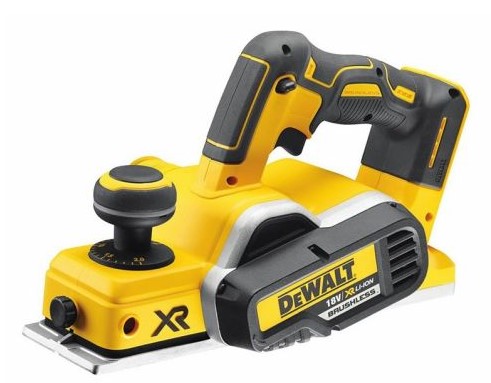
The Dewalt DCP580N-XE shines with its powerful brushless motor, offering a seamless planning experience that doesn’t compromise on runtime, perfect for extended projects. It’s the embodiment of efficiency in a tool designed for heavy usage without the frequent need for maintenance. As a lightweight and compact tool, it promises comfort across all usage orientations, making it a versatile choice for various woodworking tasks.
A distinctive feature is its large twin blade drum equipped with TCT blades, setting the stage for a consistently high-quality surface finish. The thoughtful design includes on-board blade storage and a Torx key for quick blade changes, significantly reducing downtime and boosting productivity for professional users.
Stability is paramount in achieving precision, and the DCP580N-XE addresses this with large front and rear shoes, aiding in achieving an even finish on a variety of wood surfaces. Fully compatible with DeWalt’s AirLock dust extraction system, the planer ensures a cleaner work environment. With a no-load speed of 15,000 rpm and specifications including a maximum depth of cut of 2.0 mm, a rebating depth of 9.0 mm, and an 82 mm planer width, this machine is engineered to deliver top-notch results swiftly and reliably.
FAQ’s
What is the best brand for wood planer?
The best wood planer brand largely depends on individual needs and preferences; however, DeWalt is widely recognized for reliability and quality, particularly with models like the DW580X, which is highly regarded in the woodworking community for its performance and durability.
What size wood planer is best?
The optimal size for a wood planer depends on your specific needs. For home DIYers, a benchtop planer typically 12-13 inches wide is sufficient, while professionals often require stationary planers with 15-20 inch capacities for larger, heavier workloads. Choose based on the size of lumber you frequently use.
How much does a planer take off wood?
Planers can remove from less than 1/64 inch up to 1/8 inch of wood in a single pass, with many models allowing fine adjustments within that range. The exact amount removed can be set by the user based on the planer’s capabilities and the requirements of the specific woodworking task.
